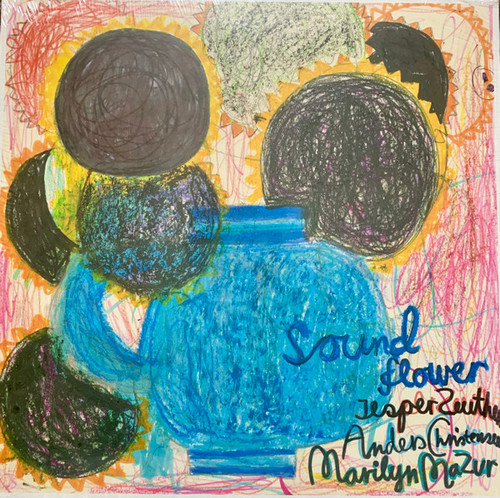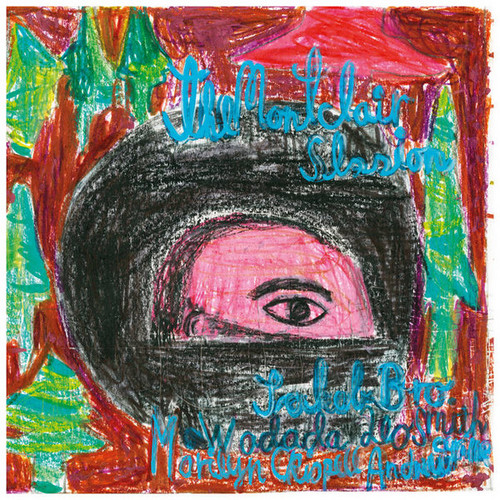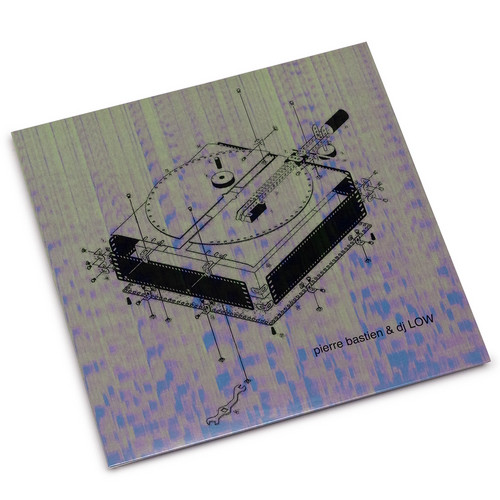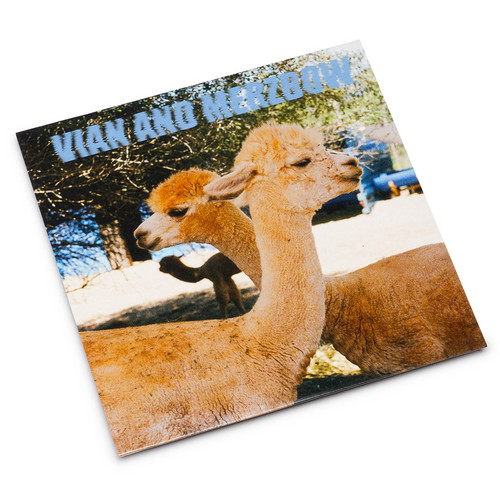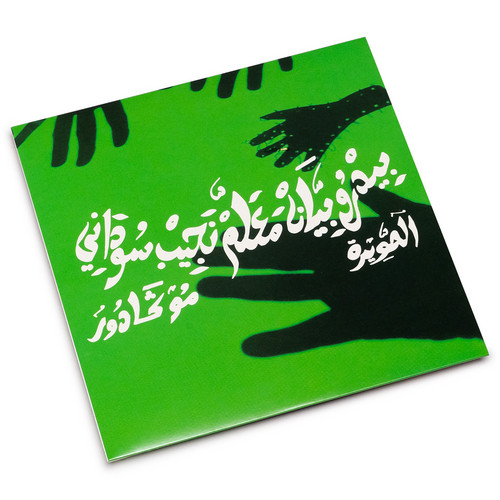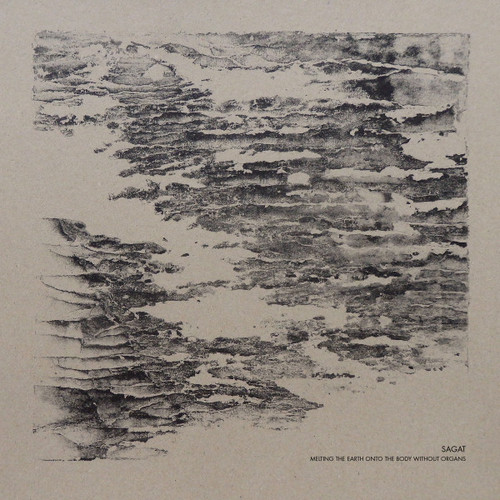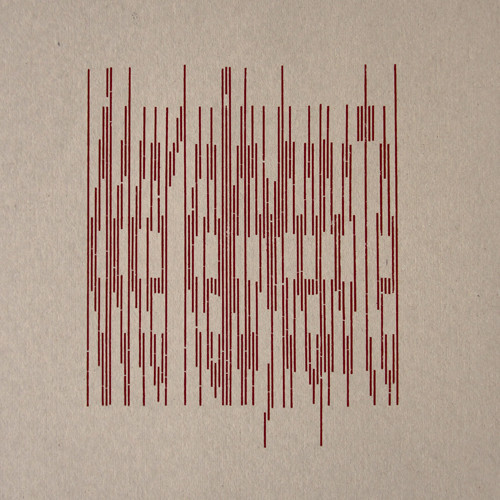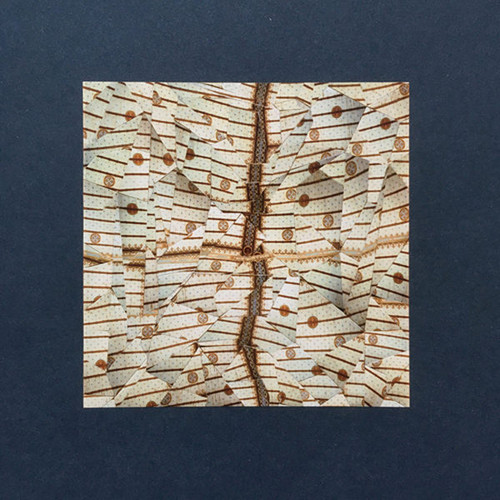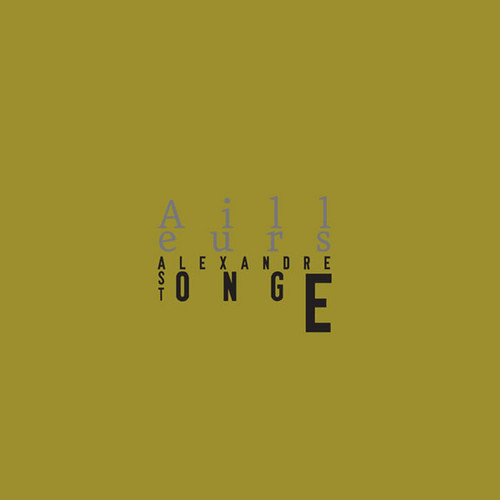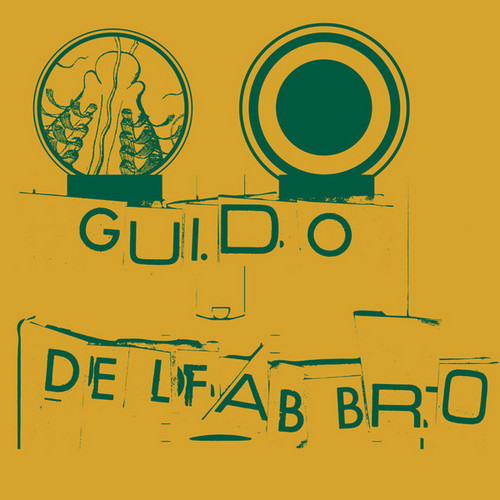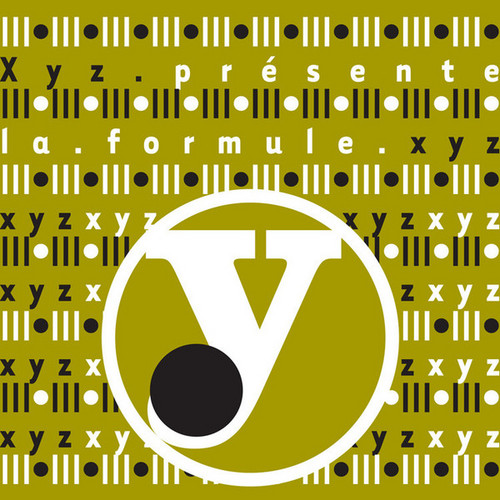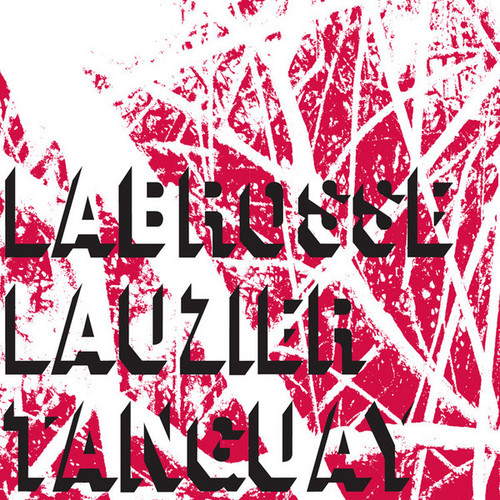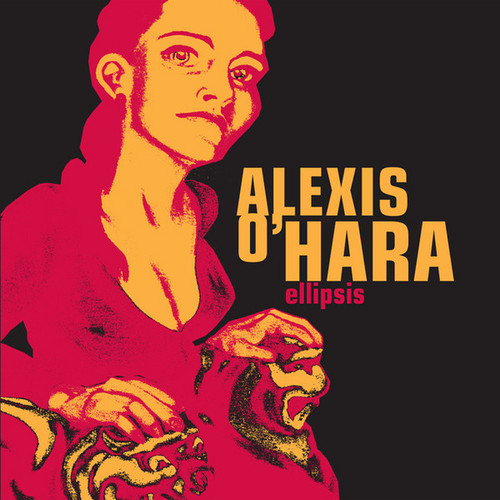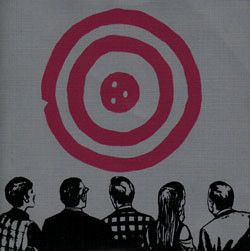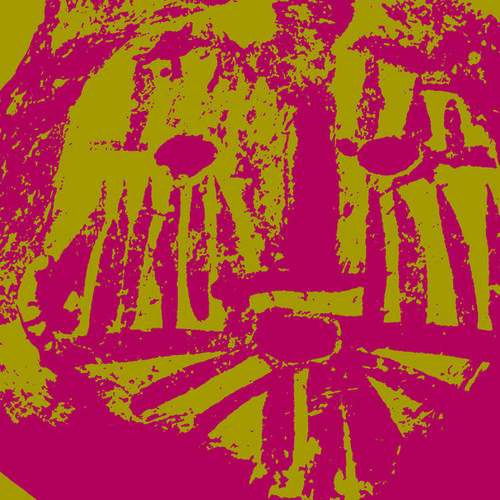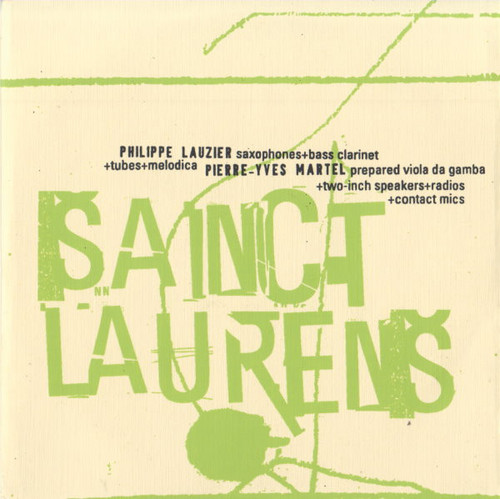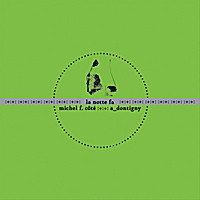Back in stock
Sound Flower
*2025 stock* In essence, group improvisation is a conversation. It relates to a certain point in time, its current surroundings, personal expression and the stories each performer choses to tell from their musical paths. On Sound Flower three masters…
The Montclair Session
Loveland Music is proud to announce the release of The Montclair Session, a rare meeting of four titans of contemporary jazz: trumpeter Wadada Leo Smith, guitarist Jakob Bro, pianist Marilyn Crispell, and drummer Andrew Cyrille. Recorded in Montclair…
Swing Low
Modern Obscure Music is proud to present Pierre Bastien & DJ Low's “Swing Low”, a work that fuses the poetic inventiveness of Pierre Bastien with the visionary legacy of the late DJ Low (Tom Deweerdt), a central figure in Belgian independent music an…
Inside Richard Serra Sculptures
Pedro Vian and Merzbow release their first joint work, an unbounded expression of creativity and experimentation. Over the album's forty-minute duration, listeners can experience a blend of field recordings made by Pedro Vian at the DIA Bacon Foundat…
Mogador
"Mogador" stands as a compelling exploration of the intersection between seemingly irreconcilable musical worlds: the experimental realm of analog electronic music and the deep-rooted tradition of Gnawa. This project is more than just a juxtaposition…
Melting The Earth Onto The Body Without Organs
*2023 stock* "The new Sagat is truly emotional: the drums are neat and the sounds are warm. Tight groovy rhythms travelling within layers of the deepest dark dub without sounding evident or tried. Familiar but new. Precise funk made of techno frequen…
Kikkerkelik
*2024 stock. 300 copies limited edition* "A three-armed entity consisting of Sagat, &Apos, and Walrus - Bepotel build sonic landscapes. Hazy or sparkling, their sound is a portal to digital emotions, their interpretations of widescreen sympathy, luke…
Paume De Pierre
Rubbed/tickled strings, drone-based undercurrents, leviathanic apparitions, squeals of insects, molluscs & intriguing shells, underwater singing moans, the work of the Belgian musician and performer Anaïs Tuerlinckx plunges entangles us into a capti…
Ailleurs
2012 release ** The achievement of Ailleurs is that by mutating its intonation and freeing the bass from its limitations as a purely rhythmic instrument a new interface appears. The reverberating result is of an expansive formula that evocatively bui…
Ctenophora
2011 release ** This release occupies a very rarefied and odd aesthetic, evocatively pitting flurries of remote-sounding electronics against thin sinews of violin. The disc oscillates between a type of ironed-out fiddle music (all ornamentation and m…
La Formule Xyz
2011 release ** No concessions made by the three brooding magicians here to variations in tempo, register, or pitch, and XYZ soon succeeds in wearing down your resistance. Succumb freely to these splendid close-knit wafers of electro-acoustic intensi…
Palétuvier (Rouge)
2010 release ** Musically, the trio succeed in conveying a true “Heart Of Darkness” soundscape with their playing, painting a dark green hell where we can feel the moss and fungus dripping down our backs, and Werner Herzog is never more than five fee…
Ellipsis
2010 release ** Ellipsis is a gorgeously and skillfully rendered set of pieces that calls for listening to over and over again. It's the 13th publication - out of 24, one for each hour of a day - produced by &records (Michel F. Côté & Fabrizio Gilard…
Pink Saliva
2010 release ** Montréal-based trio Pink Saliva produce music that’s at once intensely deep and readily accessible. Accessible because drummer Michel F Côté lays down earthy rhythmic patterns that sound beamed to the planet through a reverb-y, distan…
Ave <W>
2010 release ** Taking the form of a sumptuous and exquisite musical nightmare, Ave <w> is Tiari Kese’s first album. Recorded and produced by Michel F Côté, these enigmatic electronic compositions feature as well an array of conventional instruments …
À L'inattendu Les Dieux Livrent Passage
2010 release ** Nine pieces of some great orchestral music. Moving slowly, like gentle minimal music, which slowly, over the course of these pieces built up. It combines improvisation (although sparsely here), with minimal glissandi and small melodie…
Our Balls Are Like Dead Suns
2010 release ** Despite the name suggesting some literary influence, the music of La Part Maudite, when listened to, hits you right in the gut. Likely inspired by an essay by Georges Bataille, who wrote under the influence of Friedrich Nietzsche and …
Sainct Laurens
2009 release ** The nine pieces are relatively short and in a strange sort of way quite noisy. Strange because the bigger part the music is acoustically made, but with that bit of amplification that makes all the scraping sounds wandering off every n…
La Notte Fa
2008 release ** Drums & laptop. Then add a third ingredient to the first two: multiple samples. In La notte fa, Côté and A_dontigny have laid down sculptural music on a groove. Contribution by Bernard Falaise, Alexander MacSween, Jean René and Alexan…
